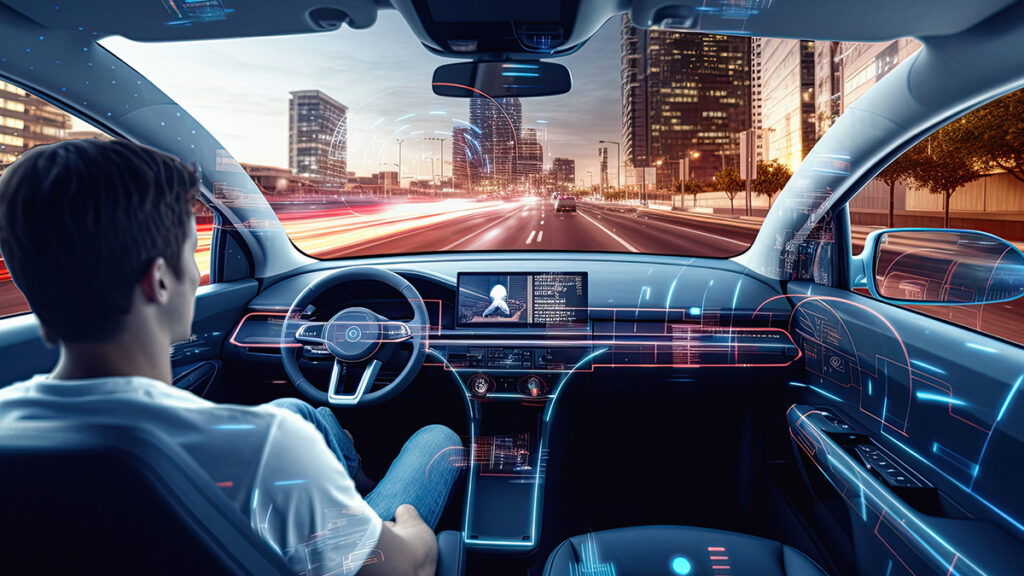Essential for achieving autonomy, robotic vehicle processors demand significant computing power for instantaneous decision-making. Initially, server/PC-grade processors were employed due to their robust computing capabilities. However, with advancements in the automotive processor market, those tailored for ADAS /AD functions have emerged as more cost-effective and energy-efficient alternatives for robotic vehicles. This comes from Yole Group releasing its market & technology report, Computing and AI for Robotic Mobility 2024.
Adrien Sanchez, Senior Technology & Market Analyst, Computing at Yole Group, said: “Nvidia, an early player, introduced high-performance processors with the Parker architecture in 2016, now widely utilised in numerous robotic vehicles. However, competition has intensified with the development of ADAS/AD processors, gaining momentum from companies like Mobileye, Qualcomm, and Huawei. Notably, startups such as Horizon Robotic and Black Sesame provide potential solutions, particularly for Chinese companies aiming for secure domestic supply chains.”
On the architectural front, diverse solutions are emerging. Mobileye, for instance, has pioneered a scalable processor family, departing from a fully centralised architecture based on a single processor. This approach not only reduces development costs but also provides a flexible solution tailored to the specific needs of its customers. Simultaneously, a prevailing trend among leaders in the robotic industry involves the in-house development of custom processors to precisely address specific requirements.
In this context, Yole Group releases its market & technology report, Computing and AI for Robotic Mobility 2024. In this report, the company provides an overview of the development of robotic vehicles, including robotaxis, robot shuttles, and robot trucks. It also delivers an in-depth analysis of the ecosystem and players for robotic vehicles and processors and gives an overview of computing and other technologies for robotaxis.
With this study, Yole Group delivers an in-depth understanding of the ecosystem and players for processors.
Hugo Antoine, Technology & Market Analyst, Computing at Yole Group, said: “The global landscape for robotic vehicles is characterised by three key regions: the United States, China, and Europe. In the U.S., active testing of autonomous vehicles is underway, with robotaxi services already available in a few cities, and rapid progress in the deployment of robot trucks connecting the East Coast to the West Coast,”
China has asserted itself as a frontrunner in autonomous technology, with Baidu-Apollo leading in robotaxi and shuttle services, closely followed by dynamic companies like WeRide and Pony.ai. Europe, too, is actively involved, particularly in robot shuttle companies and testing initiatives. The Middle East, notably the UAE and KSA, is actively participating in robotic mobility projects through strategic partnerships with European, Chinese, and American companies. In the autonomous vehicle industry, companies focusing on robotic vehicles initially prioritise their core segments to manage costs and enhance scalability. Over the past nine years, the global investment in robotaxis, robot shuttles, and robot trucks has reached nearly $42.5 billion, with significant contributions from investments in robotaxi companies.
There’s plenty of other editorial on our sister site, Electronic Specifier! Or you can always join in the conversation by commenting below or visiting our LinkedIn page.
